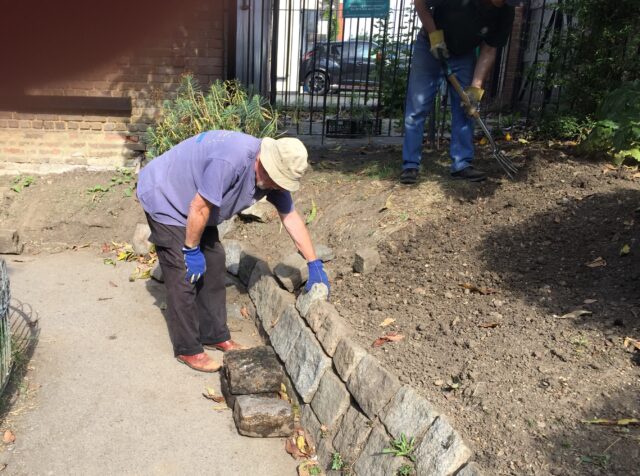For those working in construction, among the biggest occupational hazards is asbestos. This is a family of mineral-fibres which was widely used as an insulator until it was banned in 1999.
Asbestos comes in three varieties, namely blue (or crocidolite), brown (amosite) and white (chysotile). The fibrous nature of the material means that it forms pockets of air which are adept at limiting heat transfer from one place to another. Unfortunately, it’s this very quality that makes asbestos so dangerous.
What’s the problem with asbestos?
Asbestos fibres can be inhaled, following which they’ll cause considerable and irreversible damage to the lungs. Asbestos causes two types of lung cancer, including mesothelioma. According to the Health and Safety Executive, around 2,500 deaths were caused by asbestos in 2005 – which amounted to two thirds of cancer deaths in the industry.
It isn’t just cancer that we need to worry about where Asbestos is concerned. Asbestosis is the scarring of the lungs, which can vastly reduce their ability to extract oxygen from the air you breathe. Then there’s the inflammation of the membrane that surrounds the lungs, which can prevent your lungs from properly expanding.
Of course, the damage caused by asbestos wouldn’t be such a problem were it not so ubiquitous in public buildings, industrial facilities and homes across the country. Those who have been exposed to asbestos and suffered ill-health as a result might seek legal redress. Asbestos claims can’t reverse the effects of asbestos exposure, but they can offset the financial damage.
What can be done?
In many cases, it isn’t necessary to do anything about asbestos. The fibres are encased in roofing materials and floor tiles, and only become dangerous when airborne. Which means that, so long as no-one is wielding a drill or a saw nearby, this isn’t a problem.
For those engaged in construction work, however, there are particular risks. It’s vital that employers provide these people with an appropriate level of protective equipment, and that risk assessments are put in place to prevent unnecessary exposure to the material.
If asbestos is discovered, then it’s vital that a procedure is in place to stop all work immediately, and to alert the appropriate authorities. Training workers to recognise the signs of asbestos is therefore critical, as any delay in taking action might expose everyone to undue risk. There are also technological tools available, which detect asbestos before anyone is exposed to it.
The most important item of personal protective equipment is a facemask. This mask must be of a quality sufficient to exclude very fine particles. A disposable regulator to standards EN149 or EN1827 should be considered a minimum – but this is suitable only for short-duration work. The specialist organisations which come in to deal with asbestos often do so with the help of fan-assisted respirators, which are beyond the reach of most construction firms.




